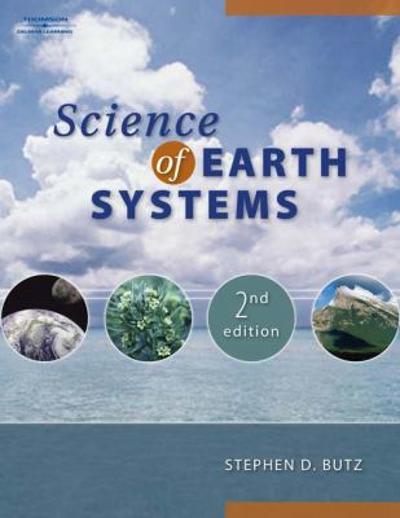Question
Background A longitudinal wave will form a standing wave when a frequency is played at the end of a tube. The tube will resonate at
Background
A longitudinal wave will form a standing wave when a frequency is played at the end of a tube. The tube will resonate at the same frequency. The smallest length of tube that produces a resonance frequency is called the fundamental. By knowing the length of the tube, you can find the wavelength of the frequency and in turn find the speed of the wave. That speed is the speed of sound. The speed of sound changes as the temperature changes. For every degree Celsius change, the speed changes by 0.6 m/s. At zero Celsius, the theoretical speed of sound is 331 m/s.
Prelab
Video on 10 Demonstrations with tuning forks.https://www.youtube.com/watch?v=vNuDxc9tZMk
- Which demonstrations did you find the most interesting? (6 points)
Here is an explanation of the concepts you will be studyinghttps://www.youtube.com/watch?v=bHdHaYNX4Tk
In the boxes below, draw the standing wave for a closed ended tube. (9 points)
Fundamental (only one antinode)
| Wave with 2 antinodes | Wave with 3 antinodes |
- How much of the fundamental is the actual wavelength? (5 points)
- If a room has a temperature of 27.0 C, then what would be the expected speed of sound for the room? Use the information below from the websitehttps://www.physicsclassroom.com/class/sound/Lesson-2/The-Speed-of-Sound (5 points)
The speed of a sound wave in air depends upon the properties of the air, mostly the temperature, and to a lesser degree, the humidity. Humidity is the result of water vapor being present in air. Like any liquid, water has a tendency to evaporate. As it does, particles of gaseous water become mixed in the air. This additional matter will affect the mass density of the air (an inertial property). The temperature will affect the strength of the particle interactions (an elastic property). At normal atmospheric pressure, the temperature dependence of the speed of a sound wave through dry air is approximated by the following equation:
v = 331 m/s + (0.6 m/s/C)?T
where T is the temperature of the air in degrees Celsius.
- For that speed of sound, what would be the expected wavelength for a tone with a frequency of 256 Hz? (3 points)
- How long would a closed ended tube need to be for resonance to occur for this tone? (2 points)
Real life scenario - Tacoma Bridge Collapse:https://www.youtube.com/watch?v=j-zczJXSxnw
Here is a resonance experimenthttps://www.youtube.com/watch?v=JDnNmLkQ3Bc
- What were the similarities between the videos? (5 points)
- Explain what effect resonance was thought to have on the bridge. Did you think that frequency was something that bridge designers would have to consider? (5 points)
- What reason does this article give for the bridge failure?https://www.aps.org/publications/apsnews/201611/physicshistory.cfm (5 points)
Materials
- A resonance apparatus (tall graduated cylinder or bucket with water and a hollow glass or pvc cylinder)
- Tone generator (find an app or search using the computer) or 4-5 tuning forks
- meter stick
This video explains how this experiment can be used to calculate the speed of sound with a closed tube.https://www.youtube.com/watch?v=PqynSAFjof0
Procedure
- Fill the column of the resonance apparatus with water.
- Choose a tone to resonate and hold it above the tube. Adjust the tube length until you hear the strongest resonance point.
- Measure the length of the air column and record.
- Change tones and repeat for 4 to 5 total trials.
** If you are unable to locate the materials to make this part of the lab you may use the values in the table below. In addition to these values predict what another length of air and frequency would be in this open ended tube.

Step by Step Solution
There are 3 Steps involved in it
Step: 1

Get Instant Access to Expert-Tailored Solutions
See step-by-step solutions with expert insights and AI powered tools for academic success
Step: 2

Step: 3

Ace Your Homework with AI
Get the answers you need in no time with our AI-driven, step-by-step assistance
Get Started


